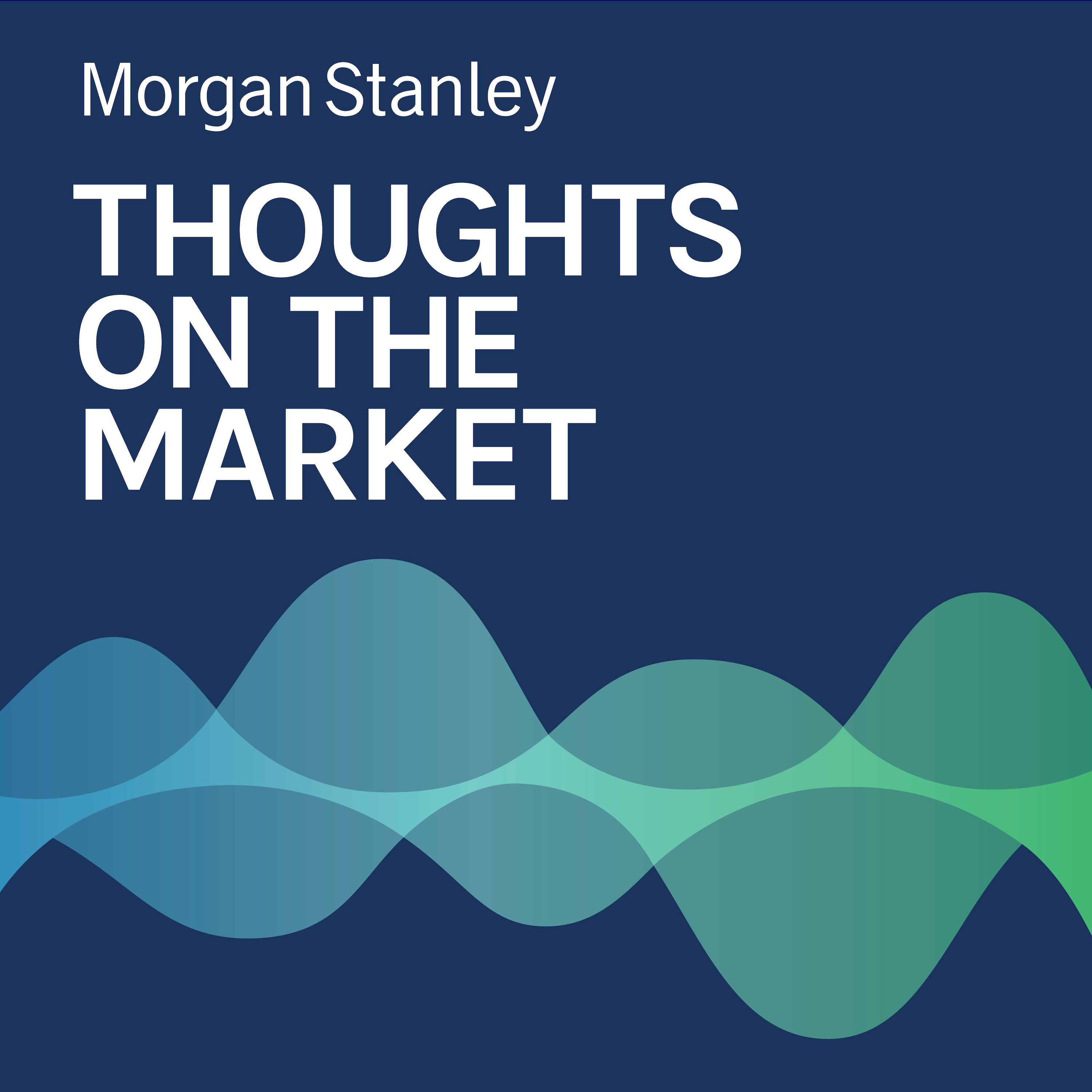Global Outlook: What’s Ahead for Markets in 2025?
Description
On the first part of a two-part roundtable, our panel discusses why the US is likely to see a slowdown and where investors can look for growth.
----- Transcript -----
Vishy Tirupattur: Welcome to Thoughts on the Market. I'm Vishy Tirupattur, Morgan Stanley's Chief Fixed Income Strategist. Today in the podcast, we are hosting a special roundtable discussion on what's ahead for the global economy and markets in 2025.
I'm joined by my colleagues: Seth Carpenter, Global Chief Economist; Mike Wilson, Chief US Equity Strategist and the firm's Chief Investment Officer; and Andrew Sheets, Global Head of [Corporate] Credit Research.
It's Monday, November 18th, at 10am in New York.
Gentlemen. Thank you all for taking the time to talk. We have a lot to cover, and so I'm going to go right into it.
Seth, I want to start with the global economy. As you look ahead to 2025, how do you see the global economy evolving in terms of growth, inflation and monetary policy?
Seth Carpenter: I have to say – it's always difficult to do forecasts. But I think right now the uncertainty is even greater than usual. It's pretty tricky. I think if you do it at a global level, we're not actually looking for all that much of a change, you know, around 3-ish percent growth; but the composition is surely going to change some.
So, let's hit the big economies around the world. For the US, we are looking for a bit of a slowdown. Now, some of that was unsustainable growth this year and last year. There's a bit of waning residual impetus from fiscal policy that's going to come off in growth rate terms. Monetary policy is still restrictive, and there's some lag effects there; so even though the Fed is cutting rates, there's still going to be a little bit of a slowdown coming next year from that.
But I think the really big question, and you alluded to this in your question, is what about other policy changes here? For fiscal policy, we think that's really an issue for 2026. That's when the Tax Cut and Jobs Act (TCJA) tax cuts expire, and so we think there's going to be a fix for that; but that's going to take most of 2025 to address legislatively. And so, the fiscal impetus really is a question for 2026.
But immigration, tariffs; those matter a lot. And here the question really is, do things get front loaded? Is it everything all at once right at the beginning? Is it phased in over time a bit like it was over 2018? I think our baseline assumption is that there will be tariffs; there will be an increase in tariffs, especially on China. But they will get phased in over the course of 2025. And so, as a result, the first thing you see is some increase in inflation and it will build over time as the tariffs build. The slowdown from growth, though, gets backloaded to the end of 2025 and then really spills over into to 2026.
Now, Europe is still in a situation where they've got some sluggish growth. We think things stabilize. We get, you know, 1 percent growth or so. So not a further deterioration there; but not a huge increase that would make you super excited. The ECB should probably keep cutting interest rates. And we actually think there's a really good chance that inflation in the euro area goes below their target. And so, as a result, what do we see? Well, the ECB cutting down below their best guess of neutral. They think 2 percent nominal is neutral and they go below that.
China is another big curveball here for the forecast because they've been in this debt deflation spiral for a while. We don't think the pivot in fiscal policy is anywhere near sufficient to ward things off. And so, we could actually see a further slowing down of growth in China in 2025 as the policy makers do this reactive kind of policy response. And so, it's going to take a while there, and we think there's a downside risk there.
On the upside. I mean, we're still bullish on Japan. We're still very bullish on India and its growth; and across other parts of EM, there's some
More Episodes
Our US Public Policy Strategist Ariana Salvatore and Chief Latin America Equity Strategist Nikolaj Lippmann discuss what Trump’s victory could mean for new trade relationships.
Published 11/22/24
Published 11/22/24
Our Sustainability analysts Stephen Byrd and Laura Sanchez discuss the range of impacts of the US election on clean energy and the ESG space.
Published 11/21/24


